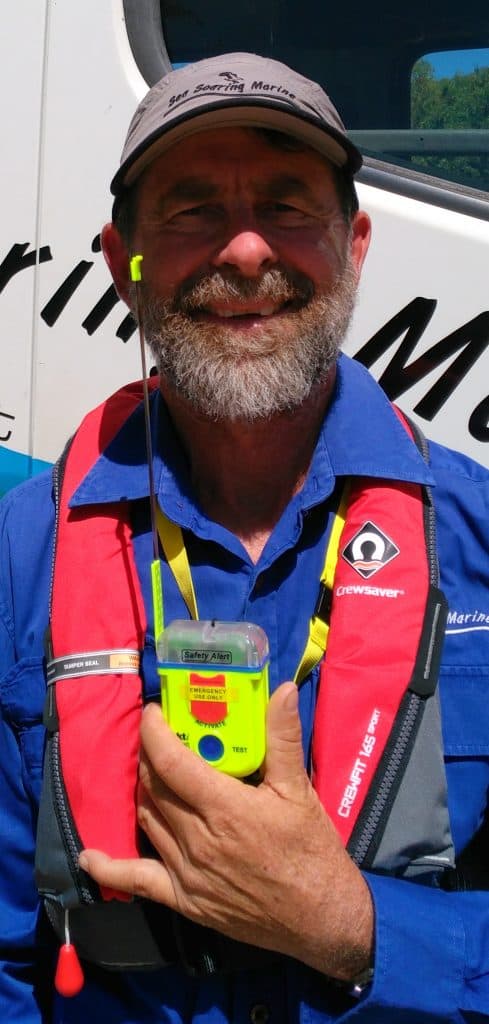ALL AT SEA
If you read the article in last weekends’ West Australian Magazine titled, ‘All At Sea’, it is a haunting reminder of the dangers of being employed in what is statistically the most fatal industry in Australia, commercial fishing. “In Qld alone, there have been 111 commercial incidents of capsizing, flooding or swamping in the last 5 years” and nationally there were “418 work place fatalities between 2007 and 2016”. The article specifically detailed the capsize of a fishing trawler, F.V. Dianne, off the Queensland coast in October 2017 and the tragic loss of six crewmen, with only one survivor. On that fateful evening the weather changed quite quickly and badly and I can vouch for this, because on exact same night I was at anchor, in a 35ft sailing catamaran, off a semi protected bay south of the Whitsunday Islands, approximately 200kms north of the incident. At 10pm that evening we experienced 40 knot easterlies and heavy rain with our anchor dragging. It took an hour or more, in darkness, to winch the anchor, reposition the vessel and reset the anchor, now with a scope of 7:1 chain. We rode the evening out and then had an uncomfortable return to harbor the next day.
The article also highlighted issues relating to the Vessel Monitoring System ( VMS ), in place on the F.V.Dianne, which is a Fisheries Management tool enabling a vessel’s position to be tracked. However, it is not used for safety, is not monitored 24 hours a day and only activates a response if vessels stray into an illegal fishing zone. The debate is now on to add a safety component to the available technology so that once a signal ceases, notification is provided to either government agencies or possibly even by text to family members. The fact that the sole survivor was able to cling to the upturned vessel for five hours before it sank, means there was a reasonable response time if authorities had been aware of the incident.
Marine Rescue vessels in WA have a similar system whereby their positions can be tracked by Fremantle Water Police and even by the local VMR group, via software on a laptop. Also, all VMR crews are now required to wear a personal EPIRB (PLB), while at sea. Firstly, it must be emphasised that a PLB does not legally replace the requirement to carry the larger EPIRB when beyond two nautical miles from the mainland or 400metres from an island. While they both put out the same position signal, within 30 minutes of activation, the basic difference is that the EPIRB is designed to float in an upright position, unattended, whereas the PLB may not float and so the antenna needs to be directed into the sky by the user.
So, as a recreational boatie who could experience a capsize, as many have, accessing the EPIRB under the vessel is a scary scenario. I have well publicised my system of wearing an inflatable PFD and placing the EPIRB, flares and handheld radio in a floating, waterproof, safety barrel, velcroed to a side rail. Way better than having everything spread throughout the boat. However, I also own a PLB (pictured), which is permanently left in my truck for possible use in outback locations. I now intend to carry this tiny life saving device on my person whenever I am on my own vessel or any friend’s vessel. Not bad piece of mind for under $300. I also have a ‘dummy PLB’ for demonstrations, so if anyone is interested in checking them out, give me a call.

